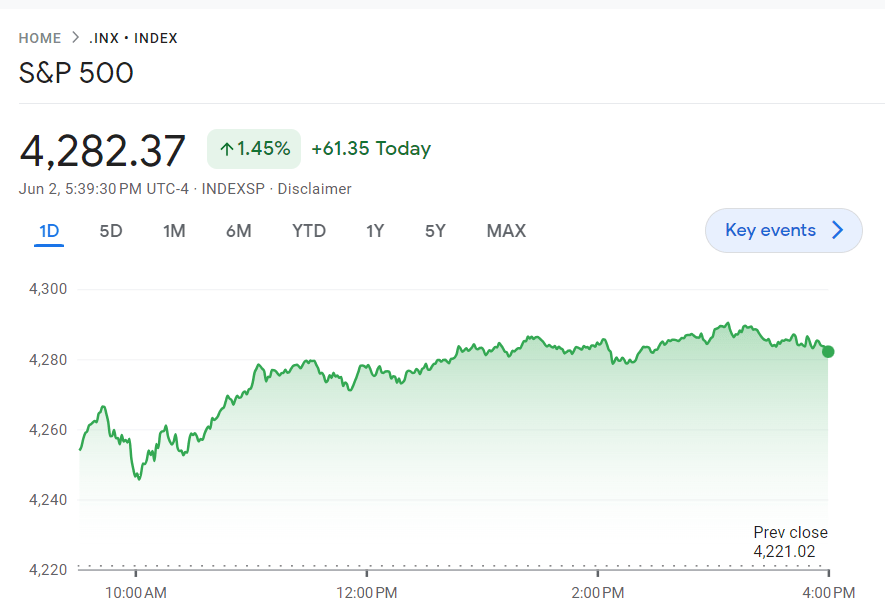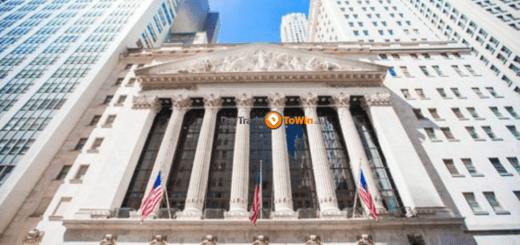S&P 500 Inches Closer to Bear-Market Exit: What Investors Need to Know
The S&P 500 is approaching its exit from bear-market territory, prompting questions about whether the rally in Big Tech stocks will finally extend to the broader market.
The large-cap benchmark has been experiencing its longest stretch in bear territory since 1948. However, a wide stock-market rally on Friday brought the S&P 500 close to ending this run. Investors are eager to determine if this move is genuine or simply a false alarm.
On Friday, the S&P 500 SPX increased by 1.5% to close at its highest level since August 18, 2022. A close above 4,292.48 would signify a 20% rally from the bear-market closing low of 3,577.03 set on October 12, 2022, marking the end of the bear market by a widely accepted definition.
The rally was attributed to an unexpectedly strong May jobs report, a resolution of the debt-ceiling deal standoff, and expectations that the Federal Reserve will not raise interest rates at its upcoming policy meeting. Including Friday, the S&P 500 had been in bear-market territory for 244 trading days, the longest stretch since one that ended on May 15, 1948, which lasted 484 trading days. Historically, the average bear market has lasted 142 trading days.
Investor optimism was fueled by the anticipated debt-ceiling deal becoming law and the increasing unemployment rate revealed in the Employment Situation Report, according to José Torres, Senior Economist at Interactive Brokers. This has led to bets on a Fed pause at its June 14 meeting, with 72% odds favoring that outcome.
The S&P 500 has risen 11.5% year-to-date, with a significant portion of total returns driven by a few large-cap technology firms like NVIDIA Corp., Alphabet Inc., and Apple Inc. However, excluding these big names, the index is flat for the year.

The market-cap weighted S&P 500 is outperforming its equal-weighted counterpart, which has declined by 1% year-to-date, by over 10 percentage points in 2023. This is the largest margin of outperformance year to date on record, according to Dow Jones Market Data.
Quincy Krosby, chief global strategist at LPL Financial, stated that the widespread stock-market rally on Friday is precisely what the market needs, as many analysts consider a narrow market leadership to be a missing piece of the recovery puzzle.
The strong surge in tech stocks that has been driving the S&P 500 and Nasdaq Composite is finally extending to the broader market on Friday, as demonstrated by the jump in the Russell 2000, the small-cap index. This indicates an overall positive underpinning for the market.
Despite this, caution is advised, as not all bear exits lead to lasting bull markets. The S&P 500 has also experienced false bear-market exits, albeit less frequently than the tech-heavy Nasdaq Composite, as noted by Sam Stovall, chief investment strategist at CFRA, in a May note.
The possibility of such false exits explains why there is far from a universal embrace of the 20% rule. Some analysts argue that a new bull market does not begin until the previous high is surpassed, while others use more complex criteria.




